Epithelial Tissues-Structure, Types, And Functions
Epithelial tissues are a type of animal body tissue that covers both internal and external surfaces of the body and lines body cavities and organs. It is the primary tissue found in glands. Their function varies depending on their location in the body and can include protection, secretion, and absorption.
What are Epithelial Tissues?
Epithelial tissue is a membranous tissue. It is composed of cells that cover the body cavities and linings throughout the body. It includes the skin and intestinal lining. Some epithelial tissues are part of glandular tissue. These tissues produce and secrete substances like mucus and proteins.
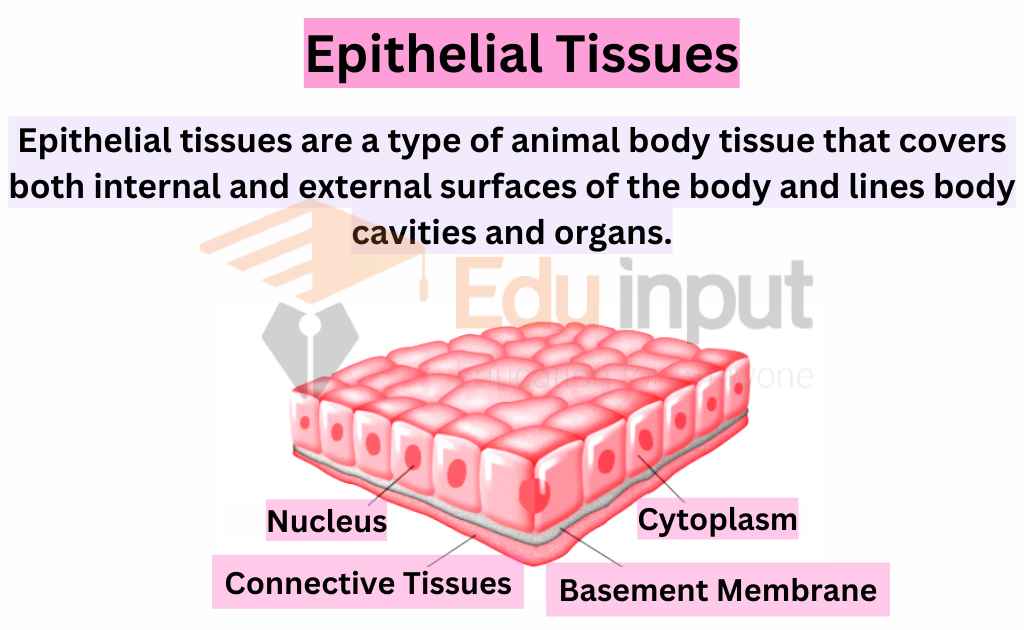
Location of Epithelial Tissues
Epithelial tissues are located throughout the body. They cover surfaces both inside and outside. It is found along the linings of organs, in the respiratory tract, digestive tract, female reproductive tract, kidney tubules, and glandular ducts.
Stratified squamous epithelium is found on skin and non-keratinized areas like the oral cavity. Glandular epithelial tissue is dispersed throughout the surface and in various glands.
Goblet cells are found in the intestines, nasal mucosa, and respiratory tract, while secretory cells are found in the stomach and cervical canal.
Extraepithelial glands are found in organs like the pancreas and glands such as the salivary glands and sweat glands in the skin.
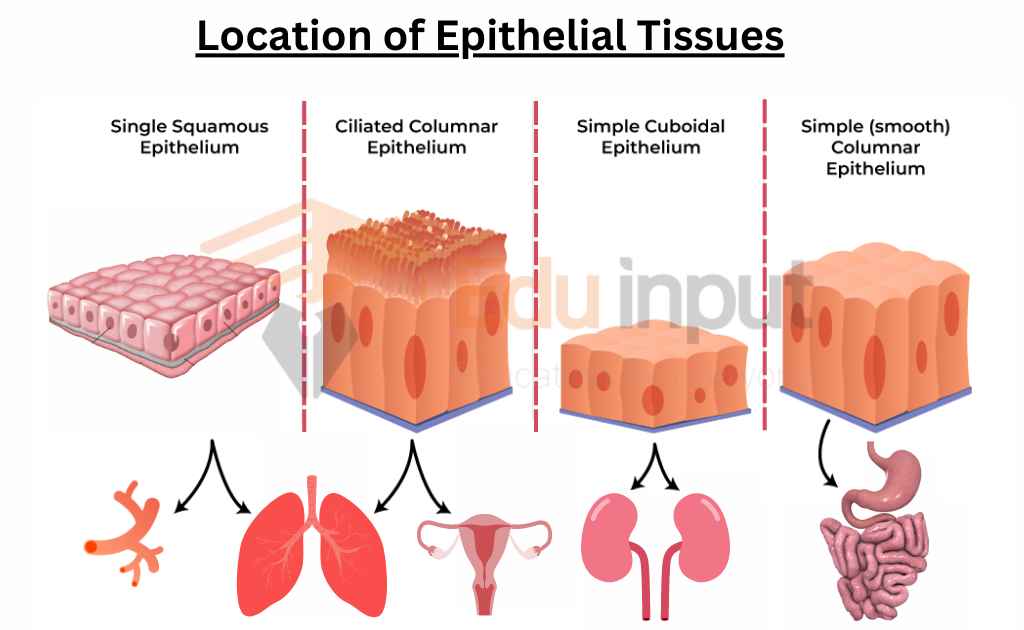
Structure of Epithelial Tissues
Epithelial tissues have unique structural features that make them able to perform their particular functions in the body. Three distinct structures found on the surface of epithelial cells are microvilli, cilia, and stereocilia.
Microvilli
Microvilli are non-motile, finger-like structures that protrude from the surface of epithelial cells, increasing their surface area to better absorb substances. The lining of small intestine is an example of epithelial tissue with thousands of microvilli that absorb nutrients. They protects them from bacteria.
Cilia
Cilia are tiny, hair-like, motile structures that can move entire cells or substances. Ciliated cells have hundreds of cilia on their surfaces. Epithelial cells that line the respiratory tract have cilia. These cilia trap dust and other substances we breathe in. Then they transfer them towards our nostrils so they can’t go into the lungs.
Stereocilia
Stereocilia are specialized microvilli that looks like cilia. They project from the surface of certain epithelial cells. Stereocilia are necessary for hearing and balance in the the inner ear.
Cell Junctions in Epithelial Tissues
Epithelial cells are tightly connected by cell junctions. These junctions serve to maintain the integrity of the tissue and control the movement of substances between cells. There are three main types of cell-to-cell junctions in epithelial tissues:
Tight Junctions
They are made up of integral proteins that fuse to form a tight seal between adjacent cells. They restrict the movement of fluids and molecules between cells.
Anchoring Junctions
They provide a strong and flexible connection between epithelial cells.
Gap Junctions
They are intercellular passageways between the membranes of adjacent cells that allow the movement of small molecules and ions between cells.
Classification Of Epithelial Tissues Based On Their Shapes
The cell shapes of epithelial tissues can be arranged in various configurations, such as a single layer of cells (simple epithelium) or multiple layers (stratified or compound epithelium). Squamous, columnar, and cuboidal cells can all take part in these arrangements.
Epithelial tissue can be classified based on the shape of its cells, giving rise to three types:
Squamous Epithelial Tissues
Squamous Epithelial tissues consist of extremely thin, flat cells that resemble the scales of a fish. Squamous cells are thin, flat plates that provide a smooth surface over which fluids can move easily. They are found in tissues such as skin and alveoli in the lungs, allowing for passive diffusion. The squamous epithelium also lines cavities such as blood vessels and body cavities.
Cuboidal Epithelial Tissue
This tissue contains cells that appear square in cross-section but are slightly longer than they are wide. Cuboidal epithelial cells are cube-shaped and have a large, spherical nucleus in the center.
They are commonly found in glandular tissue, absorptive tissue, and the germinal epithelium of the ovaries and testes. They provide protection and can be involved in pumping material in or out of a lumen. Simple cuboidal epithelium forms the secretory and duct portions of glands, while stratified cuboidal epithelium protects ducts of glands.
Columnar Epithelial Tissues
This tissue consists of elongated cells involved in the absorption of materials. Columnar epithelial cells are elongated and involved in absorption and secretion processes. They are found in tissues such as the lining of the stomach and intestines, respiratory tract, and reproductive system.
They may have microvilli or cilia on their surface to increase surface area and aid in movement of substances. The cells can be simple or stratified, with pseudostratified columnar epithelium being a type that appears stratified but is not.
Pseudostratified Columnar Epithelial Tissues
Pseudostratified columnar epithelial cells have nuclei at different heights, making it appear stratified. Ciliated cells have hair-like structures that move mucus in a certain direction, found in the respiratory tract and reproductive system.
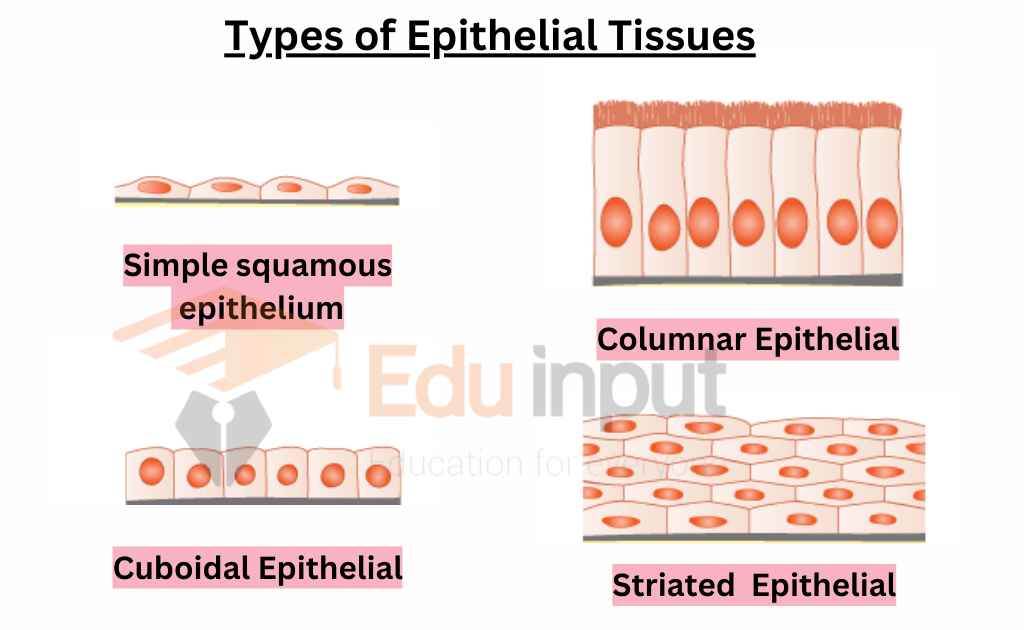
Classification Of Epithelial Tissues Based On Number Of Cell Layers
Classification of epithelial tissues is based on the number of cell layers and cell types present, which gives rise to six different types:
- Simple squamous epithelium
- Simple cuboidal epithelium
- Simple columnar epithelium
- Stratified squamous epithelium
- Stratified cuboidal epithelium
- Stratified columnar epithelium
- Pseudostratified epithelium
- Transitional epithelium
Functions of Epithelial Tissues
Epithelial tissue is a type of tissue that lines the surfaces of organs and other structures in the body. It performs various functions, including:
- Protection: Epithelial tissue acts as a barrier against mechanical injury, chemical exposure, excessive fluid loss, and infections. It covers the entire body surface, making it the first line of defense against external factors.
- Absorption: The epithelial lining of the digestive tract absorbs water and nutrients from food.
- Exchange of substances: Epithelial tissue regulates the exchange of substances between the body and the external environment, as well as the internal exchange between different parts of the body. Everything that enters the body or enters the bloodstream by absorption has to cross the epithelial barrier.
- Sensation: Sensory receptors are present in the epithelial tissue of the nose, eyes, ears, taste buds, etc., that help in transmitting signals from external stimuli to the brain.
- Secretion: Various glands made up of epithelial cells secrete hormones, enzymes, saliva, mucus, sweat, etc. The epithelial tissue of glands is involved in the secretion of these substances.
Latest Research About Epithelial Tissues
- Scientists have modeled the active wetting of epithelial tissues, which involves transitions in tissue morphology caused by collective cell migration. They focus on physical parameters governing cell rearrangement and propose new extensions to understand the interrelation between cell-matrix interfacial tension and epithelial viscoelasticity. [1]
- Scientists grew and characterized 3D organotypic epithelial tissues from three different sources and compared their gene expression patterns using RNA-seq. They found tissue-specific differences, including baseline innate immune differences in tonsil, which could impact their use in drug discovery and regenerative medicine. [2]
- Scientists study entropy production in functional epithelial tissue by measuring the stochastic geometry of cells in the tissue. Using live imaging of Drosophila pupal epithelium, they find irreversible dynamics in cell geometries without a change in associated entropy, indicating energy flow into those degrees of freedom and a living system’s control over entropy production. [3]
FAQs
Where is epithelial tissue found?
Epithelial tissue forms the outer covering of your skin and lines your internal organs and cavities.

 written by
written by 

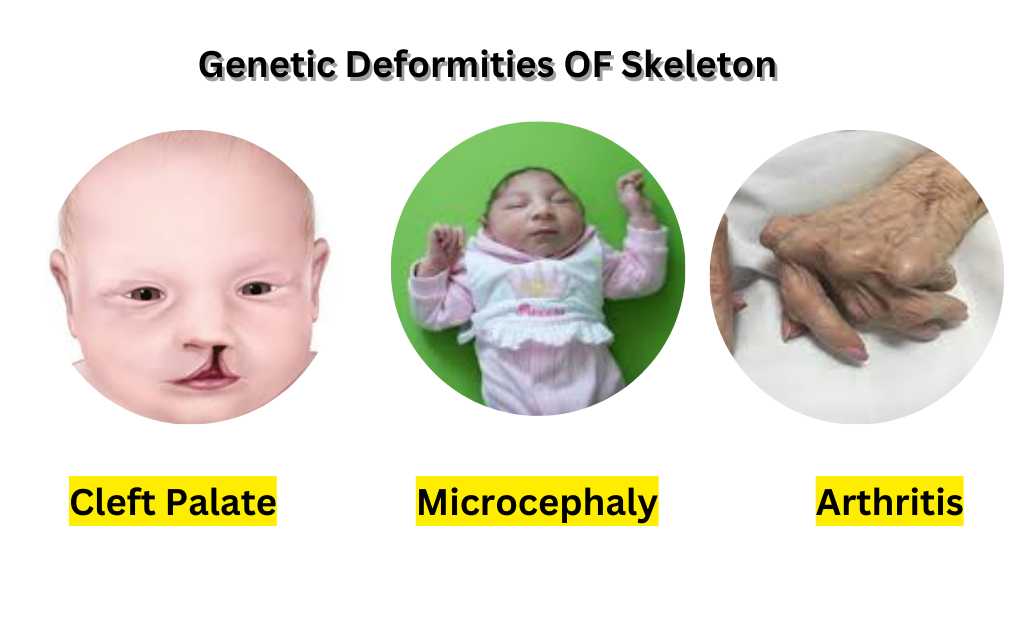
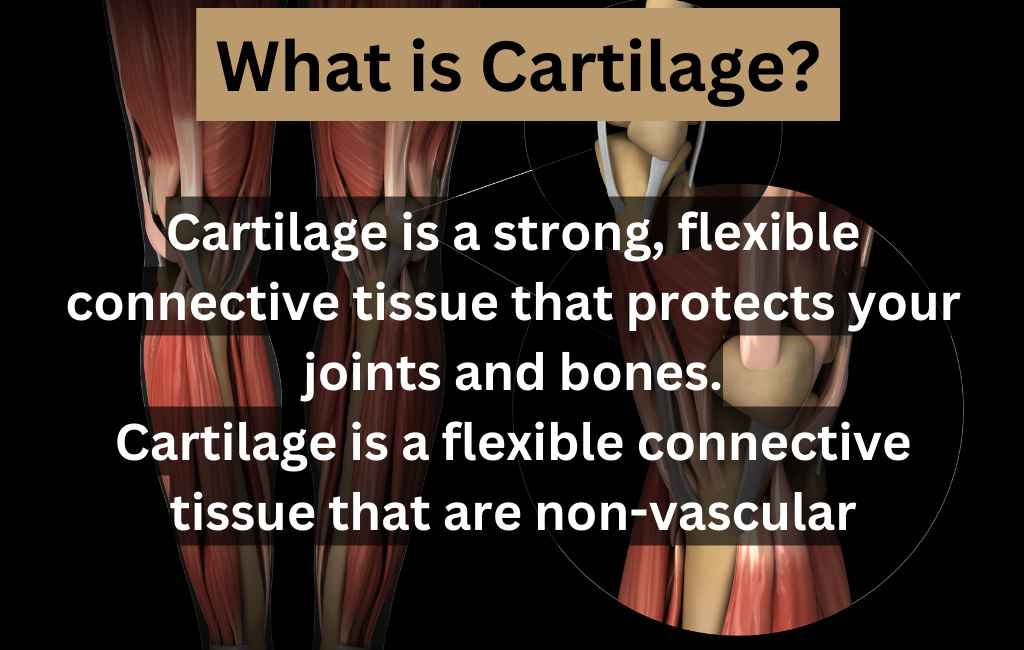


Leave a Reply